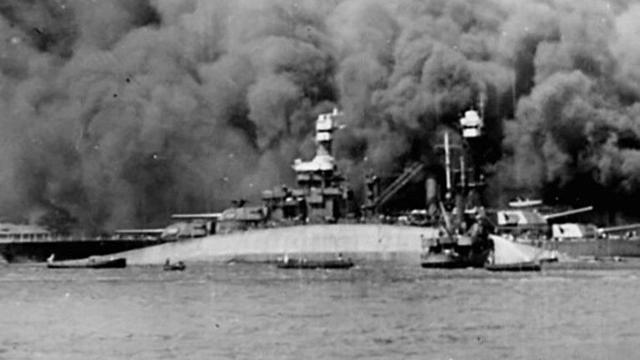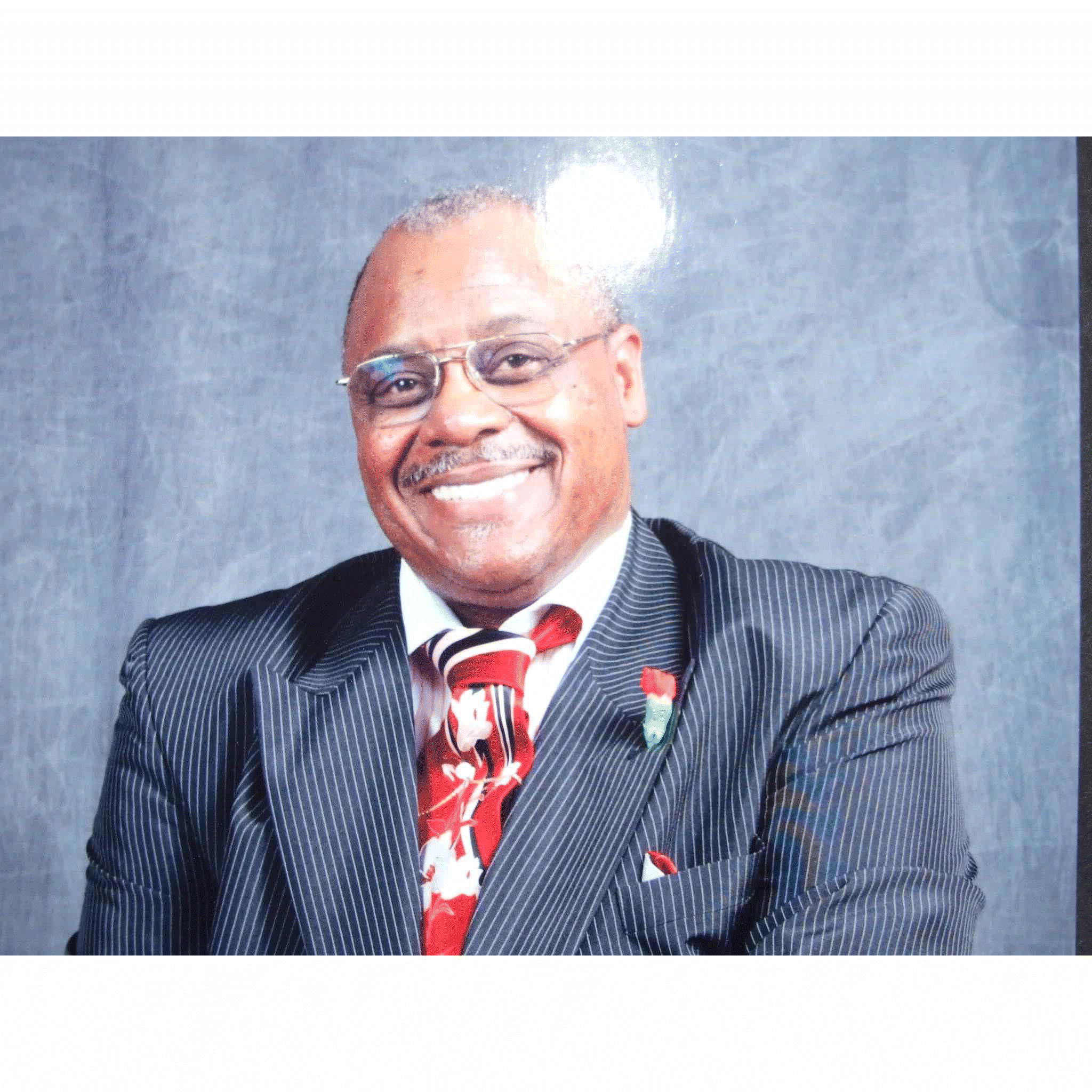Navy sailor from Ky. who died at Pearl Harbor has remains ID’d
Published 8:00 am Monday, July 1, 2024

- The USS Oklahoma is attacked at Pearl Harbor on Dec. 6, 1941. (Photo sourced from Kentucky Today)
|
Getting your Trinity Audio player ready...
|
A US Navy sailor from Kentucky, who died during the Pearl Harbor attack and whose remains went unidentified for decades, will be laid to rest at Arlington National Cemetery in Virginia, next month.
According to the Navy, Seaman 2nd Class Joseph Morris Robertson, who was born in Paragould, Arkansas, and native to Covington, Ky., died aboard the USS Oklahoma during the Dec. 7, 1941 Japanese attack on Pearl Harbor, will be buried on July 8 in Arlington National Cemetery.
The Defense POW/MIA Accounting Agency says Robertson was aboard the battleship USS Oklahoma, which was moored at Ford Island, Pearl Harbor, when the ship was attacked by Japanese aircraft. The Oklahoma sustained multiple torpedo hits, which caused it to quickly capsize. The attack resulted in the deaths of 429 crewmen, including Robertson.
From December 1941 to June 1944, Navy personnel recovered the remains of the deceased crew, which were subsequently interred in the Halawa and Nu’uanu Cemeteries
In September 1947, tasked with recovering and identifying fallen U.S. personnel in the Pacific Theater, members of the American Graves Registration Service disinterred the remains of U.S. casualties from the two cemeteries and transferred them to the Central Identification Laboratory at Schofield Barracks.
Since there was no DNA testing available back then, 388 remains remained unidentified and were reinterred, until starting in 2015, when Project Oklahoma began. Since then, 356 USS Oklahoma sailors have been individually identified, Robertson among them.
Identifications are primarily made by matching the DNA reference samples from surviving family members with those unaccounted for from the USS Oklahoma. Other supporting documents such as any available medical and dental records are also used during the research and identification processes.
Capt. Jeff Draude, Director of the Navy Casualty Office explains why the continuing efforts to identify those lost in the sinking after more than 80 years is so important.
“When briefing families, we often hear things like ‘My family did not believe he was dead,’ or ‘He probably was not on board the ship,’ or ‘maybe one day he would walk through the door.’ Being able to recover and identify the remains of these Sailors aids in the closure to these families. Like all forces in the Department of Defense (DoD), it is especially important to the Navy to honor our Sailors and Marines who paid the ultimate sacrifice in giving their lives for our country.”



